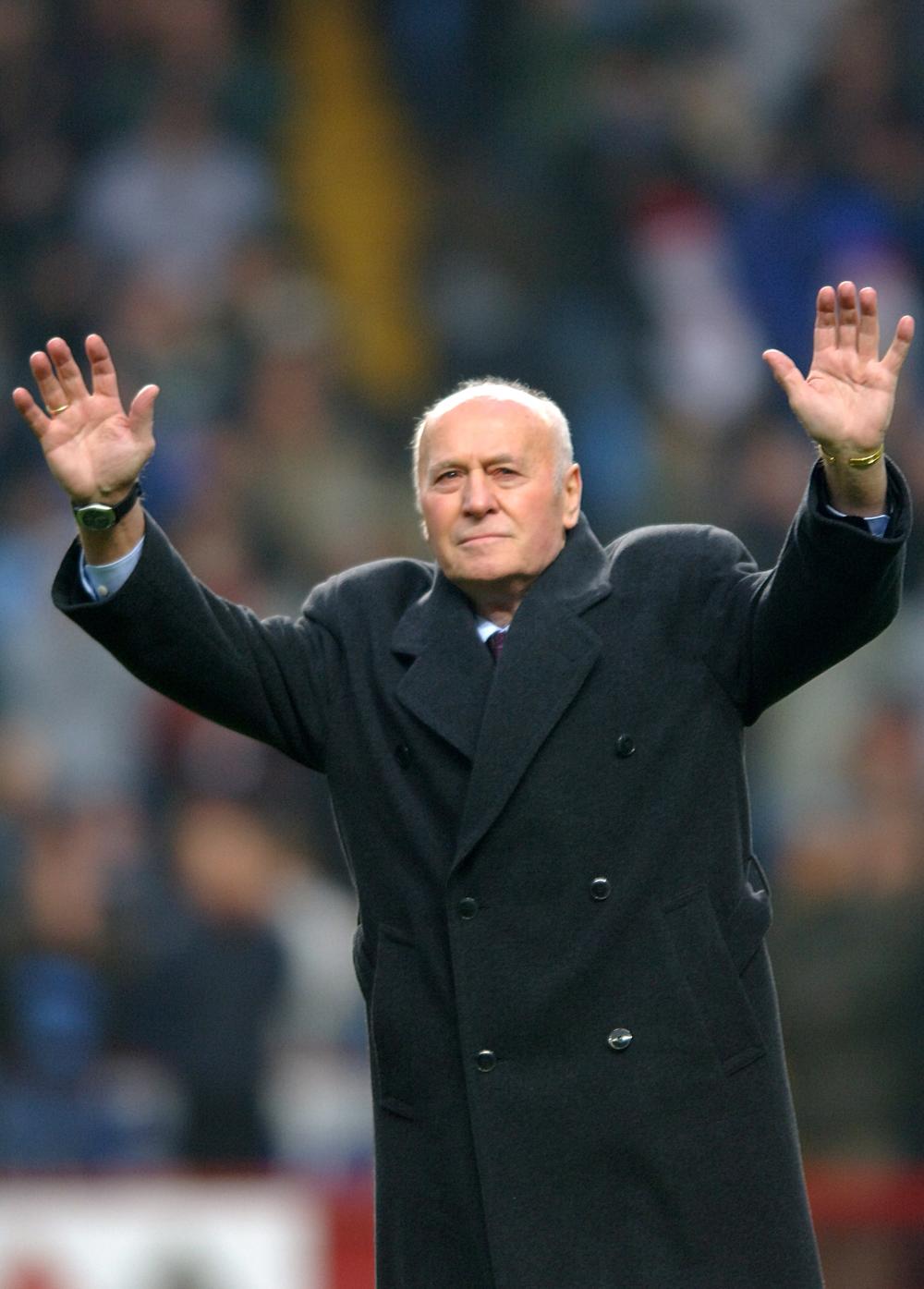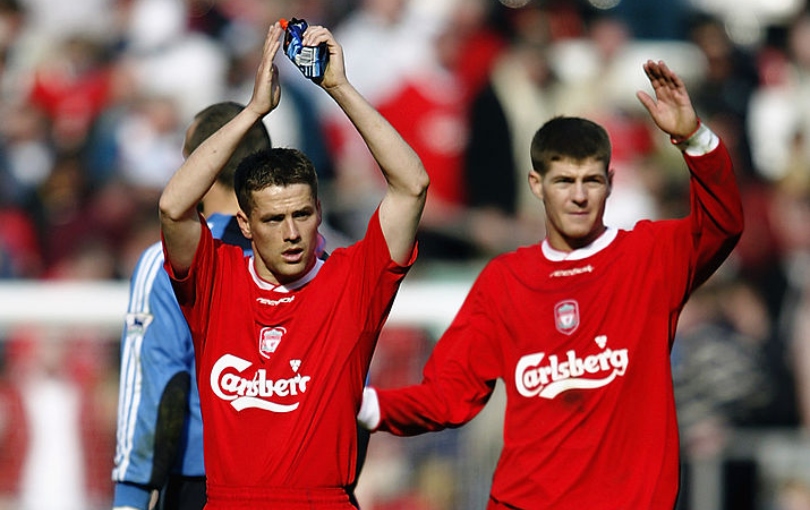Ron Saunders: Title-winning Aston Villa manager known as ‘Mr 110 per cent’

“Do you want to bet against us?” are the immortal words long associated with Ron Saunders by Aston Villa supporters since he uttered them in defiance ahead of the club’s Division One title triumph in 1981.
On a mid-April night at Villa Park, Villa had just suffered a 2-1 defeat to their nearest rivals, Bobby Robson’s Ipswich Town.
With a game in hand – five matches remaining to Villa’s four – Ipswich seemed to have the upper hand. Saunders suggested otherwise, a comment that remains etched in the club’s folklore.
Rest in peace, Ron Saunders. pic.twitter.com/vt2oXuIpOZ— Aston Villa (@AVFCOfficial) December 7, 2019
Saunders was right. Ipswich collapsed, losing four of those five games, allowing Villa to win their seventh Division One crown, but their only top-flight title of the past 109 years.
It is for that reason he will be remembered as a Villa icon following his death. He was 87.
Born in Birkenhead, the son of a docker, Saunders began his football career on Merseyside with Everton, but made only a trio of appearances over four years before a move to non-league Tonbridge Angels.
Renowned as a combative centre-forward, Saunders was picked up by Gillingham, and from that point his career flourished, albeit without gracing one of the bigger clubs as he moved on to Portsmouth, Watford and Charlton.
Get FourFourTwo Newsletter
The best features, fun and footballing quizzes, straight to your inbox every week.
At Pompey, where he netted 145 goals in 236 games, he was their leading goalscorer for six consecutive seasons, and he remains third on the club’s list of all-time marksmen.
In his 392 appearances overall, Saunders scored a creditable 207 goals before retiring from playing full time at the age of 35 in 1967.
Saunders immediately switched to management, from which his renowned character as a strict taskmaster was born. He was not known as ‘Mr 110 per cent’ for nothing.
Saddened to hear news of Ron Saunders passing.— PompeyHistorySociety (@PompeyHistory) December 7, 2019
He began with a spell with then non-league Yeovil as player-manager, and then a short 12-game stint with Oxford before taking over at Norwich where he forged his name.
Saunders guided the Canaries to the old Second Division title in 1972, earning them promotion to Division One for the first time in their history. The following season City lost in the League Cup final to Spurs.
After resigning in November 1973, he swiftly took over at Manchester City, but lasted just 30 games – which included another League Cup final defeat – as he was sacked five months later due to the club’s perilous league position.
Saunders, though, was out of work for less than two months as he joined Villa in June 1974, helping them clinch promotion from Division Two as runners-up in his first season in charge, and at the third time of asking, winning the League Cup in 1975, beating old club Norwich.
Firmly established as a top-flight club, Villa won the League Cup again in 1977.
The biggest prize of all arrived four years later, with one of the most astonishing statistics from that title triumph the fact Saunders used just 14 players across the 42-game league campaign.
In early February 1982, Saunders quit, apparently in fury when the club tried to change the terms of his contract. He rejected an approach from Manchester United while at Villa, while it is understood he also spurned two informal approaches from England during his time with the club.
RIP Ron Saunders.. AVFC Legend 🙏🏻😢❤️— Jack Grealish (@JackGrealish1) December 7, 2019
He left with Villa in mid-table, but in the quarter-finals of the European Cup. Long-time friend and assistant Tony Barton finished the work Saunders had started by lifting the trophy in Rotterdam with a 1-0 win over Bayern Munich a few months later.
Remarkably, nine days after he walked out on Villa, he joined cross-city rivals Birmingham City. Although the Blues were relegated on his watch in 1984, he guided them back into Division One at the first attempt.
In January 1986 he walked out again when the club were again struggling, but a month later joined his third ‘Second City’ club, West Brom, lasting 19 months, only to be sacked in September 1987 after they had dropped into Division Two. It was the end of his career in football.
Despite Saunders’ success with Villa, there is no memorial in his honour at Villa Park, something never understood by the fans.
Etched across the front of the North Stand, you will find the words ‘Shaw, Williams prepared to venture down the left. There’s a good ball played in for Tony Morley. Oh, it must be, and it is. Peter Withe!”
They are the words to the commentary describing Villa’s winning goal in the European Cup.
It would not be amiss for Villa to do something similar with Saunders’ most famous remark – “Do you want to bet against us?”
FourFourTwo was launched in 1994 on the back of a World Cup that England hadn’t even qualified for. It was an act of madness… but it somehow worked out. Our mission is to offer our intelligent, international audience access to the game’s biggest names, insightful analysis... and a bit of a giggle. We unashamedly love this game and we hope that our coverage reflects that.

